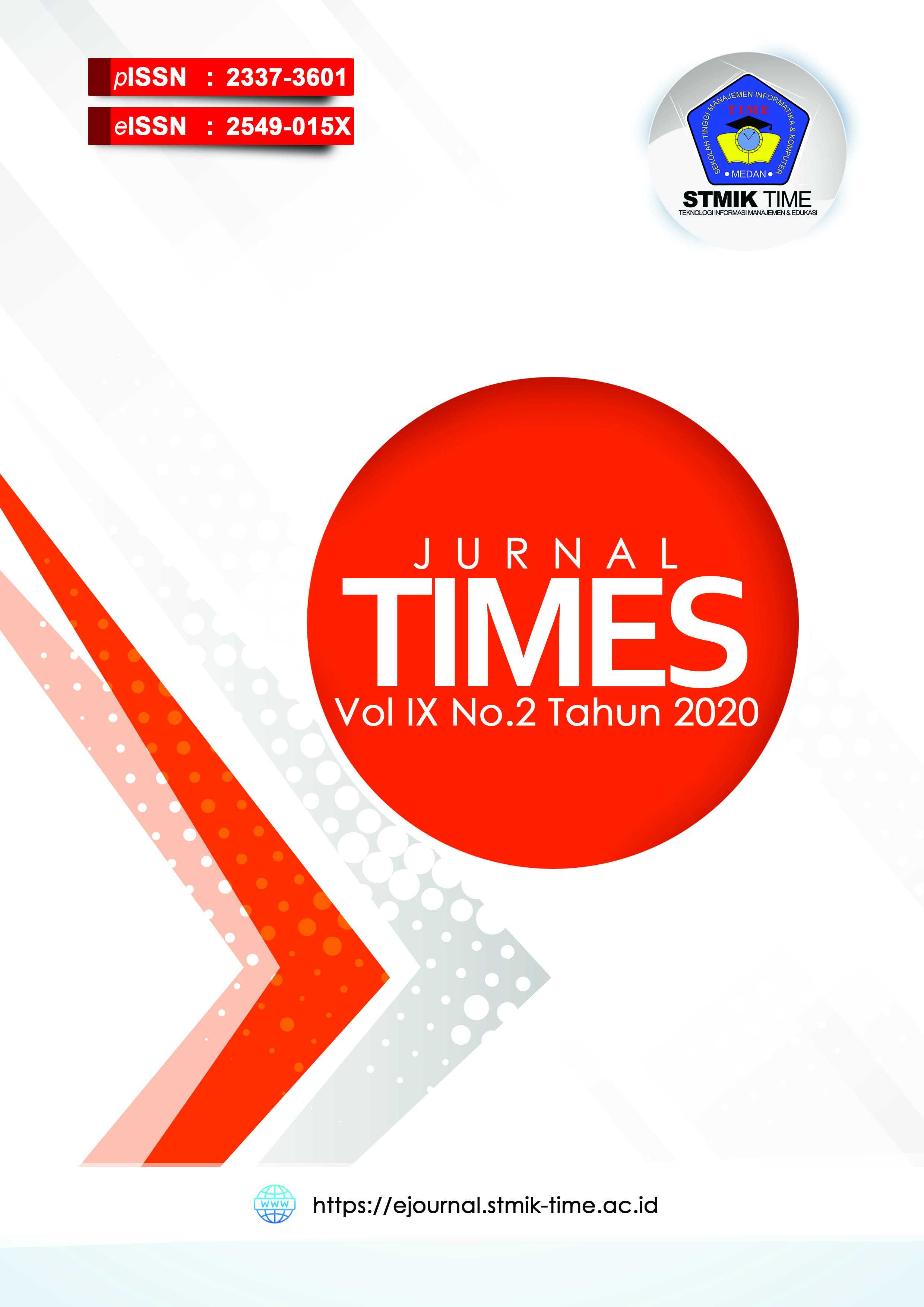Kombinasi Time Series Dengan Fuzzy Inferency System Untuk Model Prediksi Inflasi Dengan Akurasi Tinggi
Isi Artikel Utama
Abstrak
Logika fuzzy merupakan perluasan dari penalaran tradisional, dimana tidak hanya terdapat “ya” atau “tidak”, tetapi “ya” dengan nilai seberapa besar kadar “ya” tersebut, dan “tidak” dengan nilai seberapa besar kadar “tidak” tersebut. Kemampuan model fuzzy dalam memetakan nilai kabur menjadi alasan penggunaan model inferensi fuzzy dalam berbagai kasus yang menggunakan nilai kabur untuk menghasilkan suatu output yang jelas atau pasti. Dikarenakan membership fucntion dalam fuzzy inferency system sangat beragam, dalam hal ini tentu ada sedikit masalah, bagaimana menentukan membership yang terbaik atau dalam hal ini yang bisa menghasilkan nilai akurasi yang paling tinggi terhadap nilai aktual. Dalam penelitian ini akan dilakukan penelitian dengan menggunakan dua membership function, yakni membership fucntion bahu dan segitiga, model yang dipakai adalah model inferensi fuzzy Tsukamoto untuk kasus prediksi laju inflasi di Sumatera Utara, dari hasil ujicoba diperoleh ternyata kombinasi time series dengan membership fucntion segitiga dan fuzzy inferency system menghasilkan akurasi yang sangat tinggi mencapai 94,4%. Hasil ini menunjukkan kombinasi antara time series dan fuzzy inferency system untuk kasus prediksi inflasi memiliki tingkat akurasi yang sangat tinggi.
Rincian Artikel
Referensi
Abadi, A. M. (n.d.). PEMODELAN DATA FUZZY TIME SERIES DENGAN MENGGUNAKAN DEKOMPOSISI NILAI SINGULAR DAN APLIKASINYA PADA PERKIRAAN TINGKAT INFLASI DI INDONESIA. Jurnal Penelitian Saintek, 14(1), 16.
Abdollah Nezhad, Q., Palizvan Zand, J., & Shah Hoseini, S. (2013). An Investigation on Fuzzy Logic Controllers (Takagi-Sugeno & Mamdani) in Inverse Pendulum System. International Journal of Fuzzy Logic Systems, 3(3), 1–14. https://doi.org/10.5121/ijfls.2013.3301
Batra, G., & Trivedi, M. (2013). A Fuzzy Approach for Software Effort Estimation. International Journal on Cybernetics & Informatics, 2(1), 9–15. https://doi.org/10.5121/ijci.2013.2102
Bhatla, N., & Jyoti, K. (2012). A Novel Approach for Heart Disease Diagnosis using Data Mining and Fuzzy Logic. International Journal of Computer Applications, 54(17), 16–21. https://doi.org/10.5120/8658-2498
Fitriah, A., & Abadi, A. M. (2011). Aplikasi Model Neuro Fuzzy Untuk Prediksi Tingkat Inflasi Di Indonesia. 13.
Hegazy, O., Soliman, O. S., & Toony, A. A. (2014). Neuro-Fuzzy System Optimized Based Quantum Differential Evolutionary for Stock Market Forecasting. 3(4), 5.
Hosseinzadeh, B., Zareiforoush, H., Adabi, M. E., & Motevali, A. (n.d.). Development of a Fuzzy Model to Determine the Optimum Shear Strength of Wheat Stem. 2(4), 5.
Kaur, A., & Kaur, A. (2012). Comparison of Mamdani-Type and Sugeno-Type Fuzzy Inference Systems for Air Conditioning System. 2(2), 3.
Klir.pdf. (n.d.).
Mahmood, A. K., & Taha, H. H. (2013). Design Fuzzy Logic Controller for Liquid Level Control. 1(11), 4.
Nasution, H. (2012). Implementasi Logika Fuzzy pada Sistem Kecerdasan Buatan. 2, 5.
Othman, Z., Subari, K., & Morad, N. (2002). Application of Fuzzy Inference Systems and Genetic Algorithms in Integrated Process Planning and Scheduling. 10, 16.
Priyono, R. A., & Surendro, K. (2013). Nutritional Needs Recommendation based on Fuzzy Logic. Procedia Technology, 11, 1244–1251. https://doi.org/10.1016/j.protcy.2013.12.320
Roubos, J. (2003). Learning fuzzy classification rules from labeled data. Information Sciences, 150(1–2), 77–93. https://doi.org/10.1016/S0020-0255(02)00369-9
Rout, S. S., Misra, B. B., & Samanta, S. (2017). Competency mapping with Sugeno fuzzy inference system for variable pay determination: A case study. Ain Shams Engineering Journal. https://doi.org/10.1016/j.asej.2017.03.007
SaberiNasr, A., Rezaei, M., & Dashti Barmaki, M. (2012). Analysis of Groundwater Quality using Mamdani Fuzzy Inference System (MFIS) in Yazd province, Iran. International Journal of Computer Applications, 59(7), 45–53. https://doi.org/10.5120/9564-4033
Sahadudhhen.pdf. (n.d.).
Siji.pdf. (n.d.).
Sofwan, A. (2005). PENERAPAN FUZZY LOGIC PADA SISTEM PENGATURAN JUMLAH AIR BERDASARKAN SUHU DAN KELEMBABAN. 5.
Thamrin, F., Sediyono, E., & Suhartono, S. (2014). Studi Inferensi Fuzzy Tsukamoto Untuk Penentuan Faktor Pembebanan Trafo PLN. JURNAL SISTEM INFORMASI BISNIS, 2(1). https://doi.org/10.21456/vol2iss1pp001-005
Tripathi, S. P., & Shukla, P. K. (2012). Uncertainty Handling using Fuzzy Logic in Rule Based Systems. International Journal of Advanced Science and Technology, 45, 16.
Zadeh, L. A. (n.d.). FUZZY LOGIC SYSTEMS: ORIGIN, CONCEPTS, AND TRENDS. 138.
Zadeh, L. A. (1973). Outline of a New Approach to the Analysis of Complex Systems and Decision Processes. IEEE Transactions on Systems, Man, and Cybernetics, SMC-3(1), 28–44. https://doi.org/10.1109/TSMC.1973.5408575
Zadeh, L. A. (1990). FUZZY SETS AND SYSTEMS*. International Journal of General Systems, 17(2–3), 129–138. https://doi.org/10.1080/03081079008935104
Zadeh, L. A. (2008). Is there a need for fuzzy logic? Information Sciences, 178(13), 2751–2779. https://doi.org/10.1016/j.ins.2008.02.012
Аl-Мashhadani, M. A., & Alexandrovich Lobaty, A. (2013). Fuzzification Mode for Signal in Nonlinear Stochastic Systems. International Journal of Information Technology, Control and Automation, 3(1), 71–83. https://doi.org/10.5121/ijitca.2013.3106
